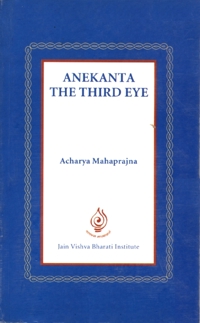
It is in the nature of objects to find opposing pairs within them. It is also in their nature to discover that the opposing pairs co-exist. The question is how to accept this as a distinct possibility. Two opposing qualities co-existing in the same single object… how is that possible?
It is a difficult problem. And yet there is no problem within the object. In this world there is nothing that is always in opposition, always in different stances or in variation. It is an important find of anekanta that no element is always alike or always different. They are not always similar nor are they always dissimilar. That which we think is alike and similar has points of differences as well as dissimilarities. That which we think is different is similar also. We announce our conclusion of similarity and dissimilarity, likeness and otherwise, difference or otherwise on the basis of gross appearances. But when we enter the world of the subtle, consider and practice the rules of knowing the subtle, we realize our thinking is not all true.
All our rules change there. Our thinking is based on the gross manifested properties of the object. When the world of the avyakt or the unmanifested modes opens before us, when the world of the unknown becomes known to us, then we begin to understand the rules governing the world of the subtle and all our thoughts based on the gross world begin to change.
 Acharya Mahaprajna
Acharya Mahaprajna
